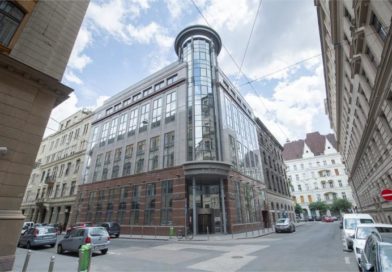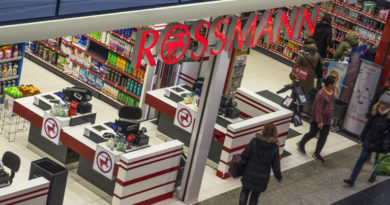Market conditions continue to attract corporate real estate investment in Central and Eastern Europe according to Jones Lang LaSalle
MIPIM, Cannes, Bucharest, Budapest, Prague, Warsaw & London, 8th March 2011 – Jones Lang LaSalle has launched today its latest Central and Eastern European research paper ‘Onshore, Nearshore, Offshore: Unsure? A 2011 Central European Perspective’ along with a new ‘CEE Occupier Office Map’.
This new research provides a welcome positive view on the region, outlining the attractiveness of CEE markets over the next years. Following a period of a dominance of tenant favourable market conditions, some of the cities such as Warsaw, Budapest and Bucharest are moving into a relatively balanced market position over the course of 2011. In the cities of Prague and Bratislava, the overall leasing terms are likely to start changing later in the year and into 2012. (see diagram below).
Warsaw, with its current single digit vacancy of 7.2%, is expected to reach a landlord favourable market in 2012. Jones Lang LaSalle predicts that conditions in all cities, except Warsaw, will remain relatively balanced between landlord and tenant market conditions as the balance between supply and demand also becomes more aligned.
While there is variance in the precise balance of drivers and influential factors shaping business location decisions, four key drivers – economic and political, labour, real estate and infrastructure and business environment – are elements that, when carefully evaluated, can present tremendous opportunities but, conversely, can expose occupiers to potential risks.
John Duckworth, Managing Director Jones Lang LaSalle Central and Eastern Europe, commented: “Not all countries in the CEE region were as severely impacted as others in the region by the downturn, including Poland which did not experience any negative economic growth between 2008 and 2010. Coupled with the highly educated, skilled and multilingual labour pool and lower labour costs than Western Europe, the region will continue to attract corporate investment. Unemployment figures have risen across CEE but, salary levels have stagnated which is of particular importance for corporate occupiers considering onshoring, nearshoring, offshoring or outsourcing decisions for their business. This is borne out by significant activity across a range of occupiers, across all business sectors, including; finance, IT, pharmaceuticals, automotive, FMCG and manufacturing. In addition real estate developers active in CEE who understand the constantly changing needs of occupiers, are providing modern, flexible, high-specification properties at highly competitive prices.”
John concluded: “Our intention for this report was to highlight some of the benefits that the CEE region has to offer over domestic markets or other regions of the globe. Despite the positive signs in the economy, businesses will continue to seek ways to improve their bottom lines. Our conclusion is that the CEE region continues as a highly attractive destination on a global scale for corporates, when taking strategic location decisions. With clear advantages around cost, labour and risk, we believe this trend is set to accelerate.”































